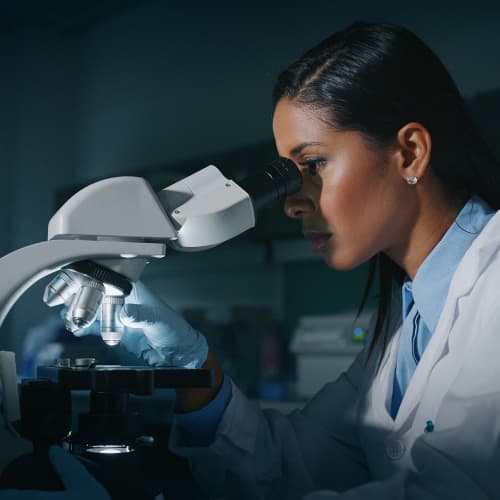Microbial enumeration testing is a key component in the manufacture of pharmaceuticals, cosmetics, and personal care products. The accepted end-to-end microbial enumeration testing process is detailed in USP <61> and is used to measure the levels of bacteria or fungi in products that may be consumed or used on the skin, especially around the eyes.
For these types of products, microbial limits for microorganisms are low, and microbial pathogens of high virulence must not be present in the product at all. USP <61> testing ensures consistent, repeatable testing and measurement of these levels, and also outlines methodology for sample collection, sample neutralization, and testing validation to ensure compliance and the utmost safety and accuracy. We will explore the details of USP Chapter <61> in further detail throughout this page.
BA Sciences maintains deep expertise in USP pharmacopoeia standards, including USP <61>. We feature the equipment and expertise to provide analytical method transfer for pharma, cosmetics, and personal care product companies, and we adhere to the most stringent standards in the industry in order to provide you with the highest level of service.
In addition to core testing processes, we ensure that our analytical method transfer, validation, and documentation processes are aligned with the highest industry standards, providing you with the confidence that your products are safe and effective while meeting GMP and other requirements.
